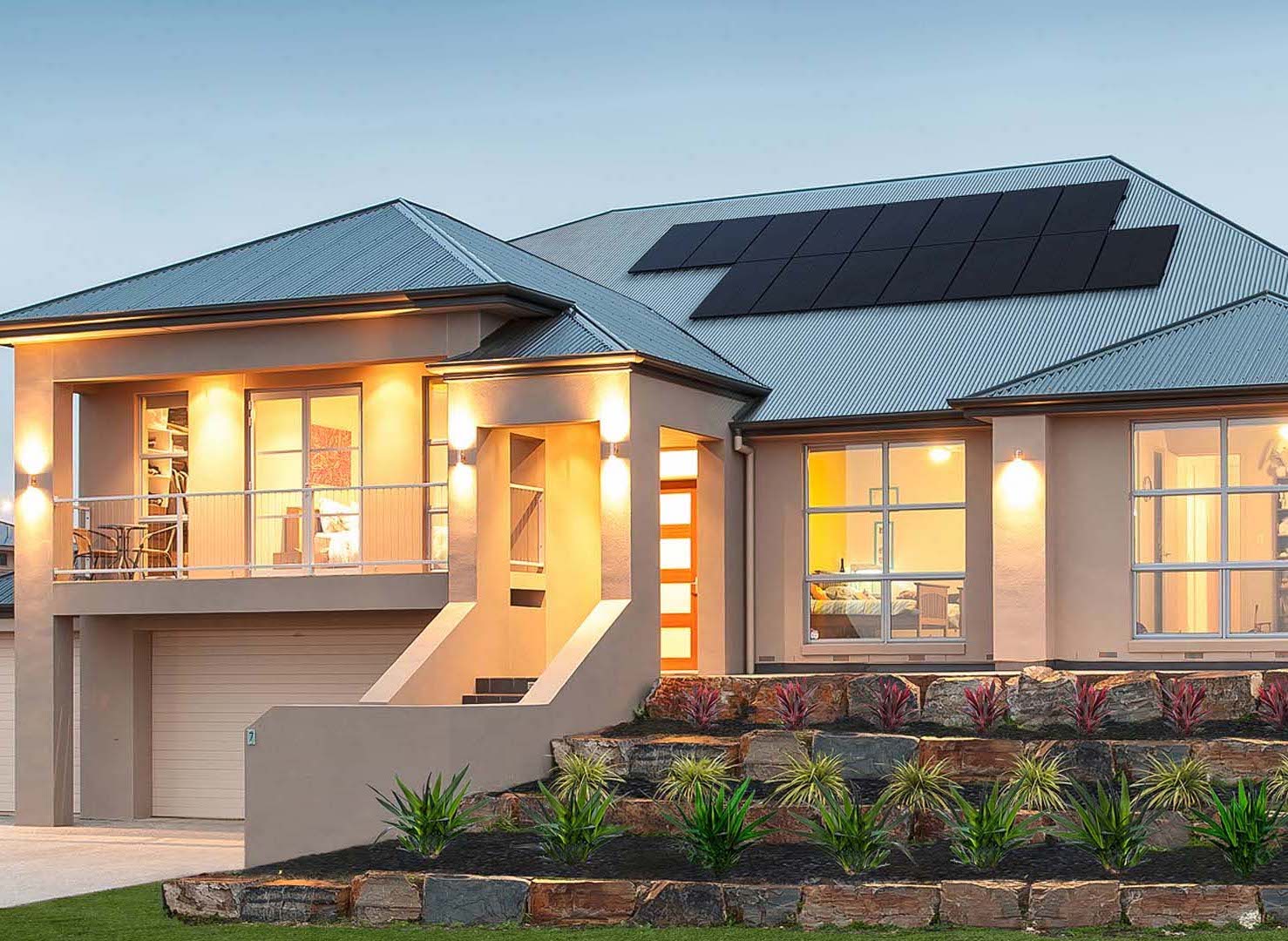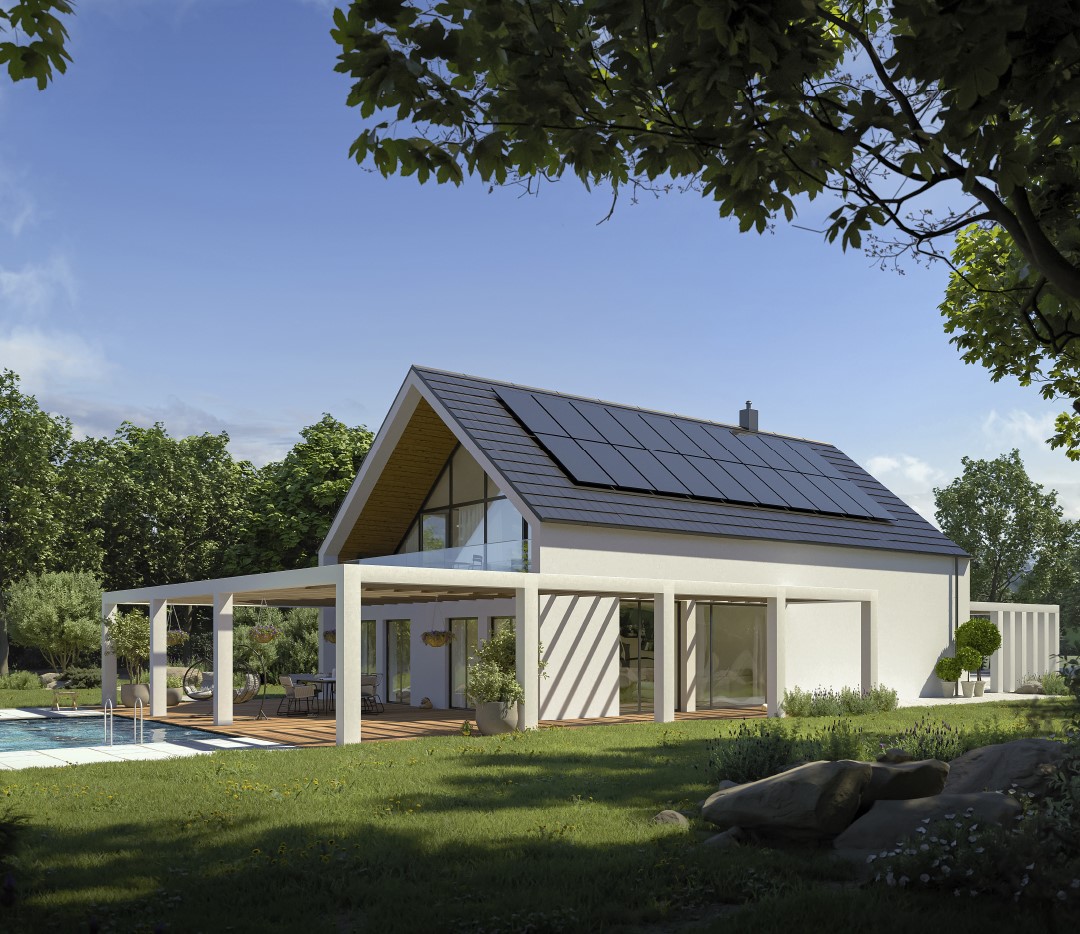As solar panel systems become a common feature in homes, maintaining them for long-term performance is essential. While solar panels are built to last decades, solar inverters generally have shorter lifespans and require replacement more frequently. Replacing your solar inverter is crucial to ensure your system continues to convert solar energy efficiently into usable electricity. In this guide, we’ll cover the key factors that affect solar inverter replacement and provide tips to help you navigate the process.
1. What is a Solar Inverter and Why is it Important?
A solar inverter is the central component of any solar power system. While solar panels generate direct current (DC) electricity, most homes and appliances use alternating current (AC). The inverter’s role is to convert DC into AC so that the electricity generated by your solar panels can be used in your home or sent to the grid. Without a functioning inverter, your solar system will not be able to provide power, even if your panels are in perfect condition.
2. Lifespan of a Solar Inverter
Inverters typically last 10 to 15 years. Once they reach the end of their lifespan, their efficiency decreases, or they may fail entirely. This is shorter than the lifespan of solar panels, which often last 25-30 years. Therefore, it’s common for homeowners to replace their inverters at least once during the life of their solar system.
Common signs that a solar inverter replacement may need to happen include a noticeable drop in energy output, error messages from the inverter or monitoring system, or the inverter itself producing excessive heat or noise.
3. Types of Solar Inverters and Factors Influencing Replacement Costs
When considering a solar inverter replacement, it’s essential to know the type of inverter you have or the one you are considering for your upgrade. There are three main types of solar inverters, each with different features, installation requirements, and costs:
a. String Inverters
String inverters are commonly used in residential solar systems. In this setup, several panels are connected in a series, and the string inverter converts the combined DC power into AC. These are the most cost-effective inverters but have limitations when it comes to shading and performance issues.
- Pros: Widely available, cost-effective, and straightforward.
- Cons: The performance of all solar panels in the string can be affected if one panel underperforms due to shading or damage.

b. Microinverters
Microinverters are installed on each solar panel, converting DC to AC at the panel level. This allows each panel to operate independently, which is beneficial in cases where shading or different orientations may affect individual solar panels.
- Pros: Maximise energy production by addressing panel-level issues.
- Cons: Higher upfront and replacement costs as each panel requires its own inverter.

c. Power Optimisers
Power optimisers work similarly to microinverters by optimising the performance of each solar panel, but instead of converting DC to AC at the panel level, they send optimised DC to a central string inverter.
- Pros: Increased performance compared to string inverters but with lower costs than microinverters.
- Cons: Still requires a central inverter and may require additional replacement components.
4. Factors Affecting Solar Inverter Replacement
Several factors will influence the overall cost and complexity of replacing a solar inverter. These include:
a. Labor and Installation Complexity
The complexity of the installation can affect the time and effort required to replace the inverter. While some systems may allow for easy access to the inverter, others may require additional electrical work, rewiring, or adjustments, adding to the overall complexity.
b. System Size
Larger solar panel systems require more powerful inverters or more individual units (in the case of microinverters). A system with more solar panels or higher energy output will require a higher-capacity inverter, which can affect the price.
c. Warranty Coverage
Solar inverters typically come with warranties ranging from 5 to 15 years, depending on the manufacturer and model. Before replacing an inverter, check if it’s still under warranty. If so, the manufacturer may cover the replacement or offer a discount on the new unit.
d. Permitting and Inspection
In some regions, replacing a solar inverter may require obtaining a permit or scheduling an inspection. While this isn’t always necessary, some local building codes or utility companies may require approval, especially if the replacement involves upgrading to a more powerful or different type of inverter.
5. Signs You Need a Solar Inverter Replacement
Knowing when to replace your inverter is essential to maintaining a fully functioning solar energy system. Here are common signs that your inverter may need to be replaced:
- Reduced Energy Output: If your system is producing significantly less energy, your inverter may not be converting DC to AC as efficiently as it once did.
- Error Messages: Inverters with built-in monitoring systems will often display error codes if something is wrong. Frequent errors could signal the need for a replacement.
- Unusual Noise or Heat: Inverters should operate quietly. If you notice unusual noises or the inverter feels excessively hot, this could indicate a malfunction.
- Age of the Inverter: If your inverter is over 10 years old, it may be nearing the end of its lifespan. Proactively replacing it before it fails can help maintain consistent energy production.
6. Maximising the Lifespan of Your Inverter
To get the most out of your solar inverter, follow these best practices to help extend its lifespan:
- Annual Maintenance: Schedule regular maintenance checks with your installer or a professional technician to ensure your inverter and entire solar system are operating smoothly. Early detection of issues can prevent costly repairs or replacements later.
- Keep the Area Clean and Ventilated: Inverters should be installed in well-ventilated areas to prevent overheating. Keep the space around the inverter free from debris, dust, and other obstructions that might block airflow.
- Monitor Performance: Modern inverters often come with performance monitoring systems that allow you to track your system’s output. Regularly checking this data can help identify when something goes wrong.
7. Is Replacing a Solar Inverter Worth It?
Solar inverter replacement is an inevitable part of maintaining a solar energy system. Although the upfront cost may seem significant, it’s a crucial investment to ensure your system continues to perform efficiently and provide the expected energy savings.
If you’re replacing an older inverter, consider upgrading to newer technology, such as microinverters or power optimisers, which offer better performance, especially if your panels experience shading or if they are installed in different orientations.
8. Choosing the Right Inverter for Replacement
When it’s time to replace your solar inverter, selecting the right model is crucial for optimising system performance. Here are some tips for choosing the best inverter:
- Check Compatibility: Ensure the inverter is compatible with your existing solar panels and system. Consult with a solar installer or the inverter manufacturer for guidance.
- Consider Efficiency and Features: Modern inverters offer higher efficiency and additional features, such as remote monitoring, diagnostics, and compatibility with energy storage systems. Investing in a high-efficiency model can help you maximise your solar energy production.
- Review Warranties: Look for inverters that come with long warranties to protect your investment. Many high-quality inverters offer warranties of 10-15 years.
9. Budgeting for Solar Inverter Replacement
While replacing a solar inverter is an investment, budgeting for the replacement and staying proactive about system maintenance can save you money in the long run. Regular monitoring and maintenance help extend the life of your system and ensure you’re getting the best performance from your solar energy investment.
The Wrap Up
Replacing a solar inverter is a necessary part of maintaining the efficiency and longevity of your solar energy system. While the costs will vary depending on the type of inverter, system size, and installation complexity, planning for this expense is essential for continued energy savings. By choosing the right inverter and working with a qualified installer, you can ensure your system continues to perform at its best for years to come.
Maintaining your solar system by replacing your inverter when necessary will help you maximise energy output, reduce electricity bills, and make the most of your renewable energy investment.
















